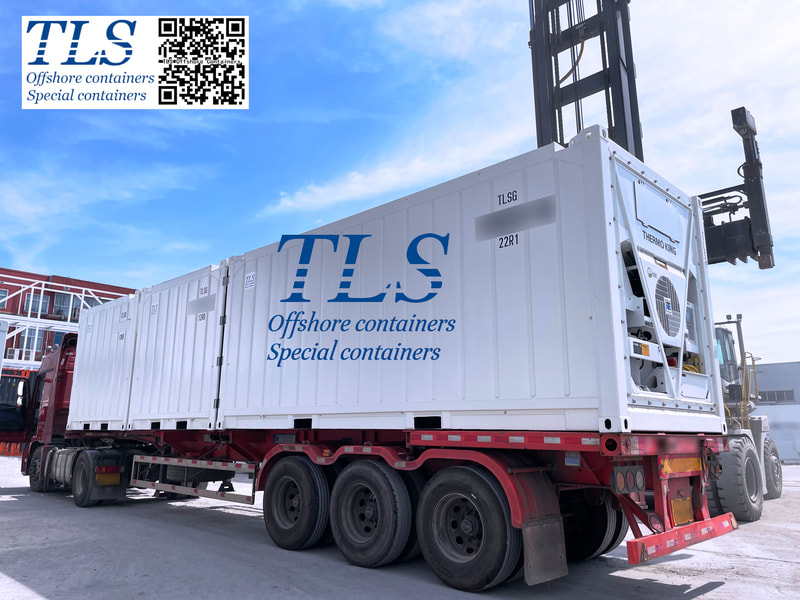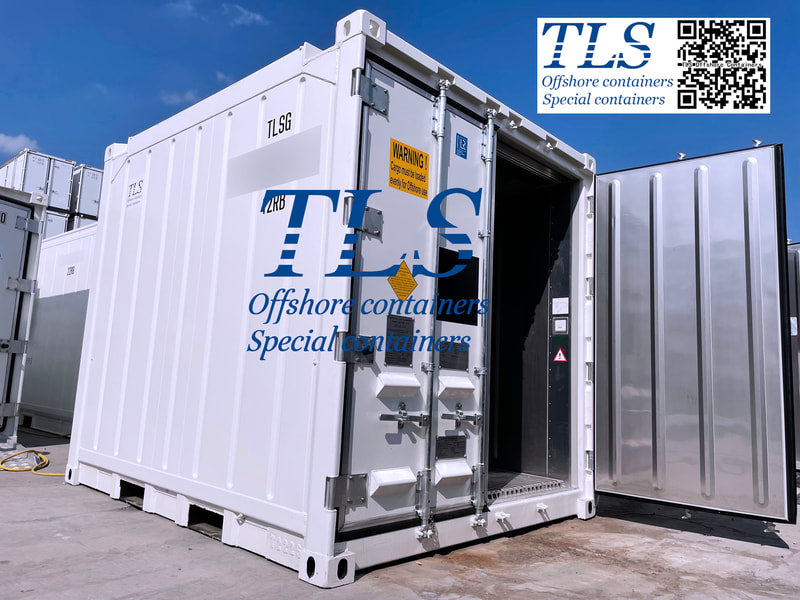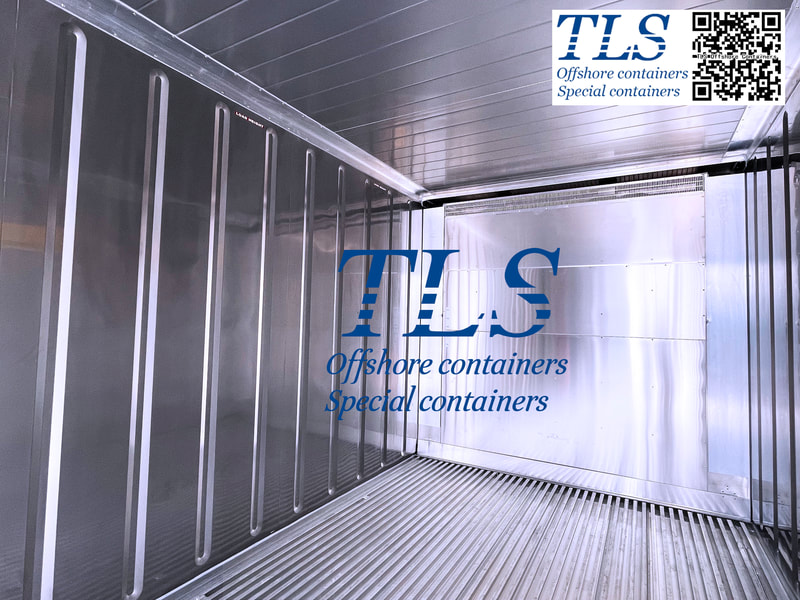|
In today's global trade and logistics, refrigerated shipping containers play a crucial role in ensuring the safe transport of temperature-sensitive goods. Whether it's fresh food, pharmaceuticals, or other items requiring precise temperature control, properly managing and utilizing refrigerated containers is paramount. Below are key insights on how to efficiently manage and use these containers in ocean freight: 1. Cargo Loading and Stacking: Depending on the nature of frozen, chilled, or hazardous cargo, loading and stacking methods may vary. Ensure cargo is adequately packaged with no gaps between the cargo and container walls to facilitate even airflow. Follow block stacking principles to allow cold air to circulate uniformly, meeting the desired temperature requirements. 2. Temperature Monitoring: Regularly monitor the temperature inside refrigerated containers, typically checking at intervals of no more than six hours. Record temperature data and consider using an automated recording system to transmit real-time temperature data for continuous cargo status tracking. Especially when transporting hazardous refrigerated cargo, record temperatures every hour. 3. Refrigeration Unit and Maintenance: Conduct routine inspections of the mechanical and electrical systems of refrigerated containers to ensure they are in proper working condition. If any malfunctions occur, promptly inform specialized personnel for maintenance. Regular maintenance is crucial to equipment reliability. 4. Cargo Tracking: Implement cargo tracking technologies to monitor cargo location, status, and temperature data in real-time. This aids in the timely detection of issues and corrective actions to ensure cargo safety and quality. 5. Managing High-Performance Specialized Refrigerated Containers: High-performance specialized refrigerated containers are typically placed in the mid to aft sections of concealed deck vessels, avoiding the lower two tiers of containers on the ship's outermost sides. During transport, check the container's temperature three times a day and maintain records. When transporting hazardous refrigerated containers, record temperatures hourly. In case of equipment failure, promptly notify senior engineers for assessment and repairs. One hour before unloading at the port, record the temperature, disconnect the power supply, and secure the container. 6. Inspection Coordination: Before loading, conduct a comprehensive inspection of the refrigerated containers along with the chief engineer and electrical engineer. Ensure that all systems are operational. If the power has been disconnected, assess the equipment's status based on previous paper chart records. If any damages or malfunctions are detected, document them and promptly notify the yard management for inspection and repair. If the damage is significant and could affect product quality or if the fault cannot be rectified, consider rejecting the container. By adhering to these recommendations, you can ensure the efficient management and utilization of refrigerated shipping containers in ocean freight, preserving the quality and safety of your cargo, meeting customer demands, and maintaining a smooth supply chain operation. Success in international trade hinges on correct management and operation of the cold chain logistics, making refrigerated containers a vital component. Comments are closed.
|
Archives
July 2024
Categories
All
|
- Home
-
Containerised solutions
- Intelligent pressurised container | MUD logging cabin
- Battery energy storage system (BESS) container
- Flexible grid tied battery storage system
- Laboratory container | workshop container | Equipment containers
- Temporary refuge shelter | Toxic gas refuge | Safe haven
- Offshore accommodation cabin | office container
- Reefer container | Refrigerated container
- Intelligent waste water treatment container
- Fresh water generator container
- Cargo Containers
- Product photos & videos
- News & Blogs
- Contact us
|
Featured products
Intelligent pressurised container Temporary refuge (TR) shelter, toxic gas refuge (TGR) Battery energy storage system (BESS) container Containerised waste water treatment plant Fresh water generator container Reefer container Laboratory container, Workshop container Accommodation container Offshore closed container |
All Rights Reserved 2020 © TLS Offshore Containers / TLS Energy
|



